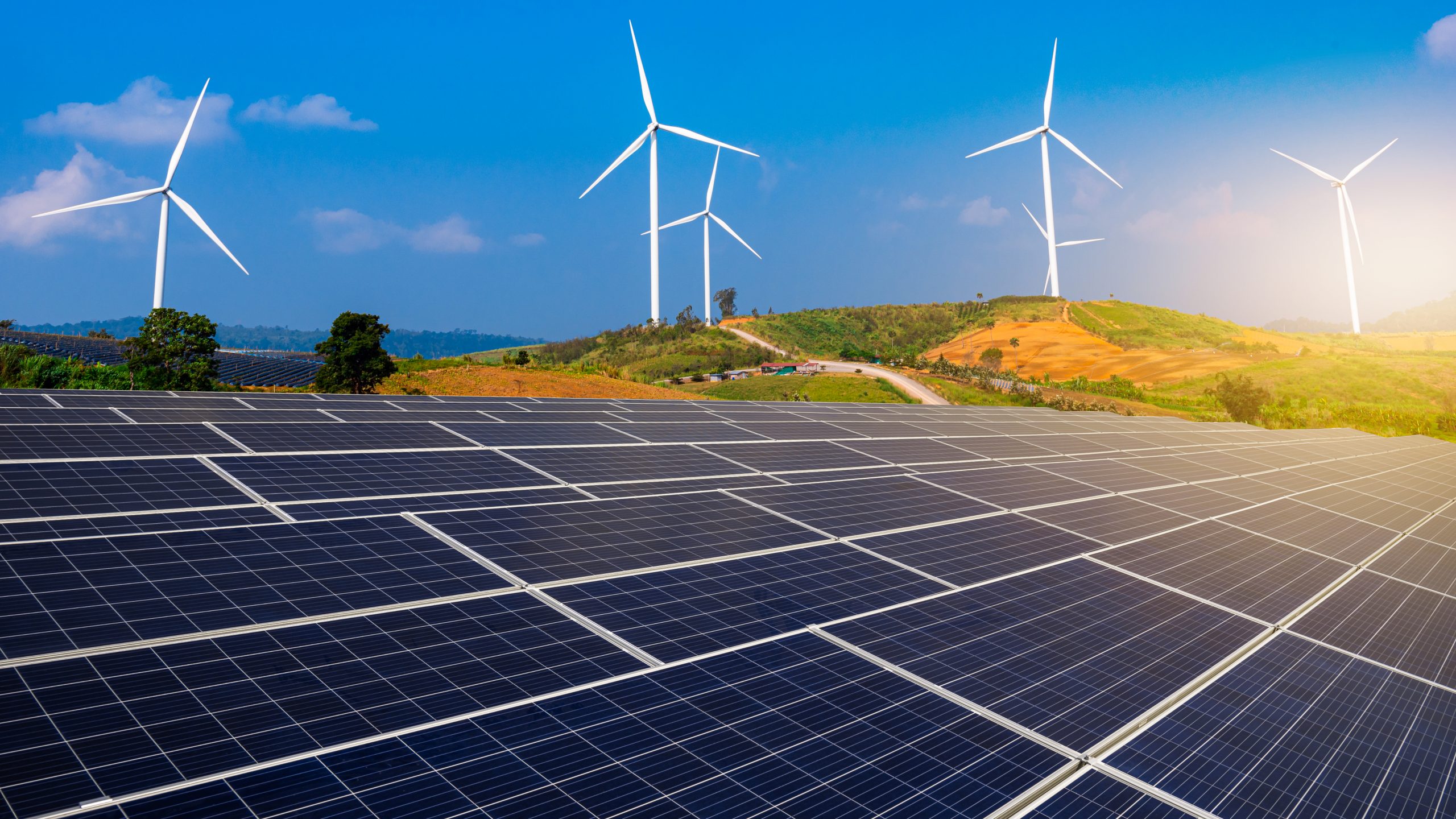With the fast growth of the alternative energy market worldwide, it is not surprising that the industry is embracing the latest technologies to ensure increased productivity, efficiency, and safety. The operation’s harsh conditions, hazardous tasks, and remote locations make introducing unmanned systems to inspect, secure, maintain, and repair a smart choice.
From renewable energy wind farms to hydroelectric facilities, people probably envision drones flying over these plants for security and inspection purposes. But you must think beyond the aerial drone and understand that there are crawling robots, driving robots, cleaning robots, and even construction robots. All of these Unmanned Ground Vehicles (UGVs) are used today by the renewable energy industry. Further, Unmanned Underwater Vehicles (UUVs) are incorporated into shore operations. Air, land, and sea autonomous platforms augment the quest for renewable fuel sources.
These systems have complex payloads to carry out repetitive, redundant, and often dangerous tasks. These autonomous robots carry high-resolution and infrared cameras, live-stream video, sensors, and more that are expected to communicate dynamically. Additionally, navigation and collision avoidance must be maintained without disruption to keep all robotics moving. The greater the distance traveled by the autonomous platform and the physical obstacles encountered, the connectivity must not be disrupted. If a connection were interrupted, vital data could be lost, and the platform could be rendered immobile. Transmission of insights to central command is essential as is machine-to-machine (M2M) communication.
So, how do robots wirelessly communicate with each other when they are often under harsh weather conditions and located in highly remote areas? Typically, alternative energy plants begin using cellular technology since long-term evolution (LTE) technology has sufficient bandwidth for most applications. Eventually, they discover coverage issues and dropped packets, because of blockage issues caused by wind turbines and the solar panels themselves. Next, they turn to traditional Wi-Fi and start to put fixed access points throughout the environment. Still, they discover more coverage issues and blockages, and it becomes cost prohibitive to continue to add access points. Eventually, they realize they need to put the access nodes directly on the equipment itself, including the robots.
Rajant’s Kinetic Mesh overcomes these problems with wireless nodes called BreadCrumbs®. Offered in an array of sizes and price points, BreadCrumbs can be affixed anywhere and to anything for constant connectivity. The BreadCrumbs also function on multiple frequencies to ensure the essential Wi-Fi connection. The larger the wind or solar farm gets or the more unmanned systems are added, the Rajant network scales to meet the demand and remains just as reliable. Quick to deploy and easy to install, Rajant is integral to enabling robotics for the alternative energy sector.
For information about how Rajant is providing utility-grade communications, Visit: https://rajant.com/markets/utilities/













